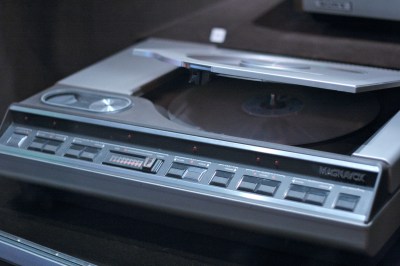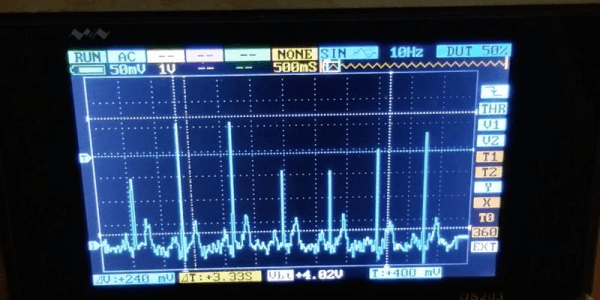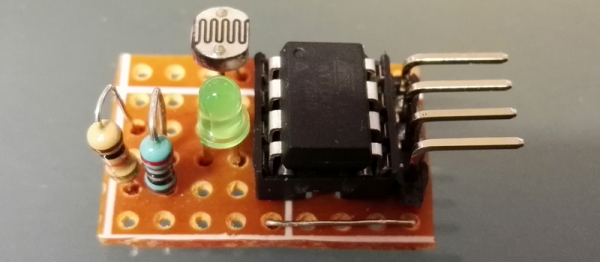A bit ago I wrote an article called, “Death To The 3.5mm Audio Jack, Long Live Wireless.” A few readers were with me, a few were indifferent, many were vehemently against me, and there was a, not insubstantial, subset in a pure panic about the potential retirement of a beloved connector. Now I used a lot of opinionated language dispersed with subjectively evaluated facts to make a case that the connector is out. Not today maybe, but there is certainly a tomorrow not so far off where there are more wireless headsets at the electronics store than wired ones.

So what happens when a standard dies? What happens when technology starts to move on? Let’s take a look at the CD-ROM. Continue reading “A Realistic Look At The Death Of A Standard”














